Our idea
In 1989, in occasion of one of Venice's most important festivals, the "Festa del Redentore", celebrated every year on the third Sunday of July, a young entrepeneur by the name of Fran Tomasi managed to book the second-to-last night of the Pink Floyd's European Tour for their new album - A Momentary Lapse Of Reason - in the UNESCO site of the Venetian Lagoon.
The idea was revolutionary; the band would play on a floating stage, creating a magical atmosphere but also a significant struggle for the historic city's administration.
The number of people attending the concert was huge: over 200 thousand people came to the Serenissima, making it one of the biggest musical events in Italian history. The concert was also broadcast all over the world, increasing the already incredible amount of people witnessing this piece of music history. The event came at a price, as the city council was blamed for the aftermath of the concert and forced to resign due to the public opinion’s increasing pressure.
We think this event is a key moment in our recent history, as it intertwines music with such an important historical site. This is why we created this Linked Open Data project: Pink Floyd in Venice LOD.
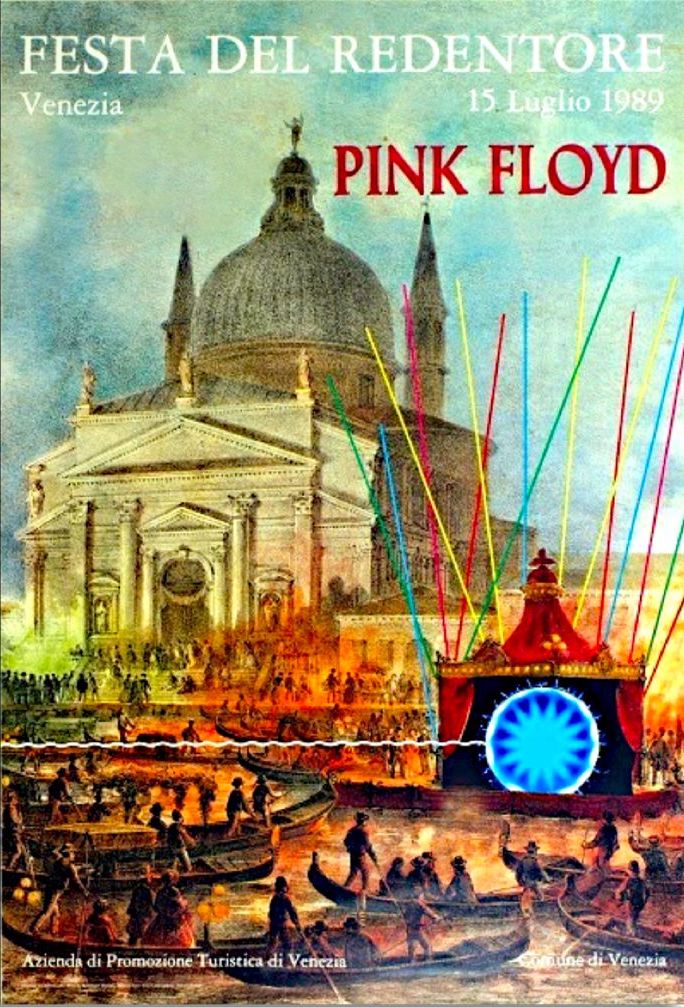
k
People attendingmln
Tv audiencesongs
SetlistItems
For our project we were asked to find ten items held by cultural institutions. These items had to somehow be linked to our main idea. We found many candidates, but only chose the following ten by trying to select items as different as possible in terms of purpose and provenance. After completing our project, we came back to them and thoroughly described them with our new defined schemas. Each item has a link under its card to its specific description, and the page with all metadata can be found here. These are our ten items:
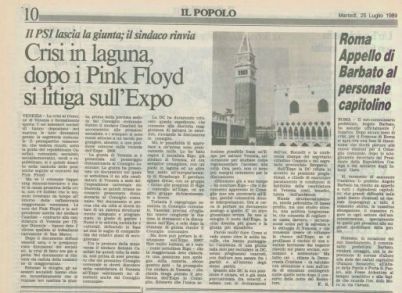
Article
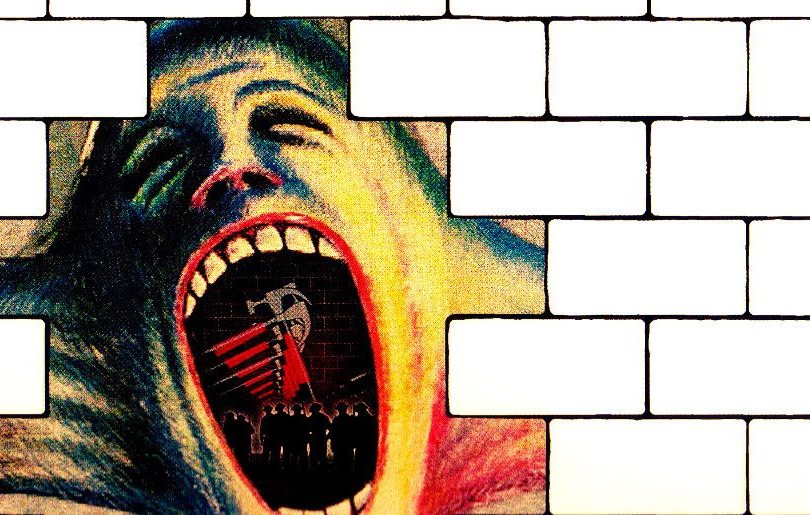
Movie
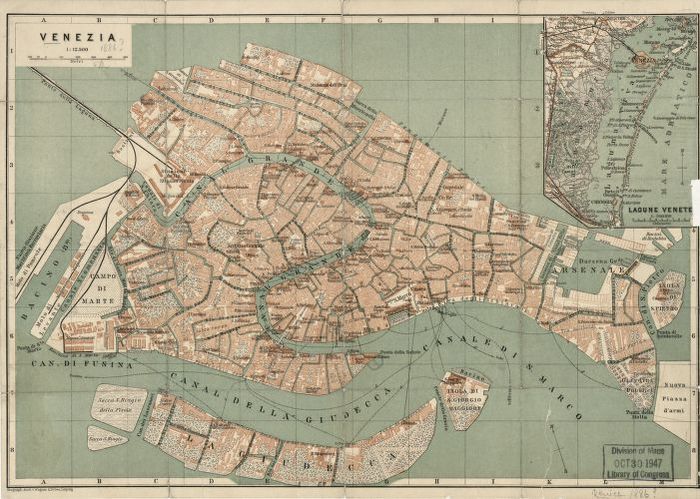
Map
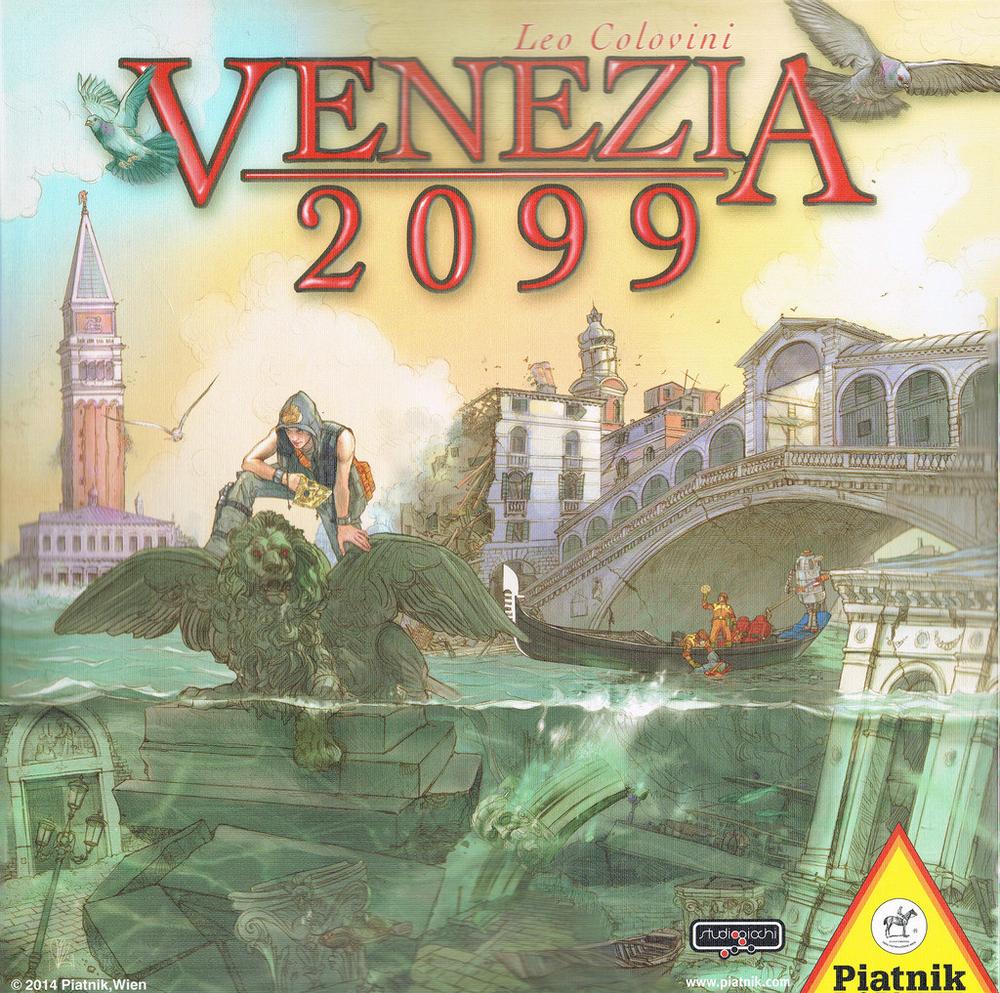
Boardgame
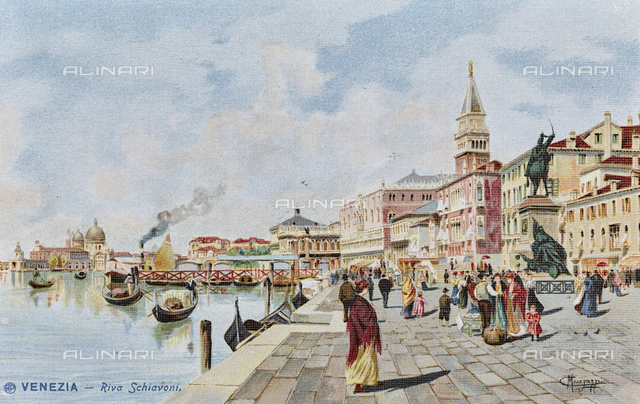
Postcard
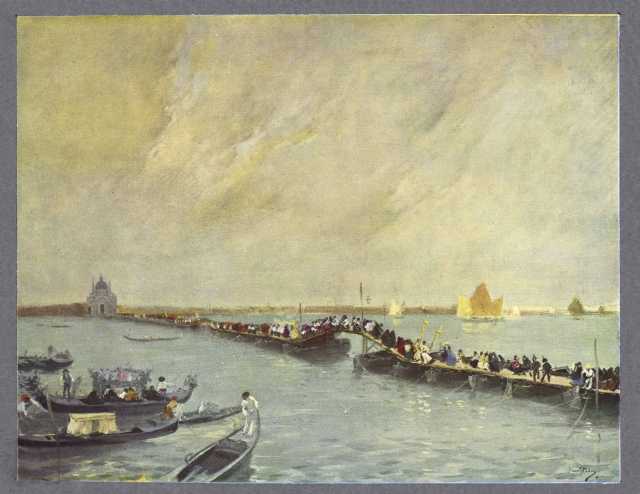
Painting (Picture of)
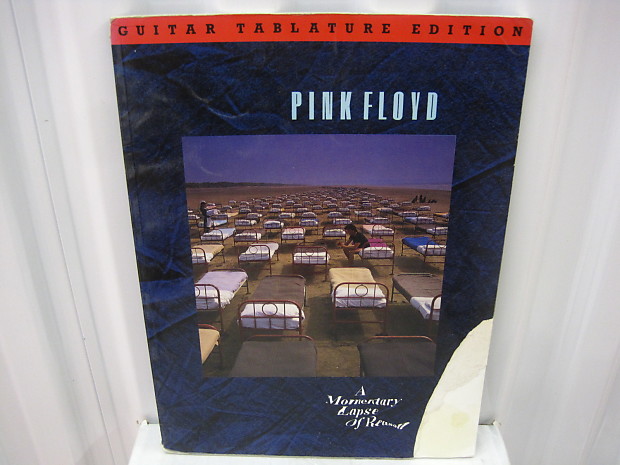
Songbook
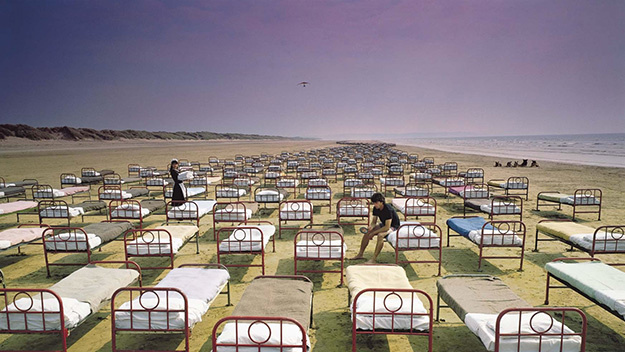
Album
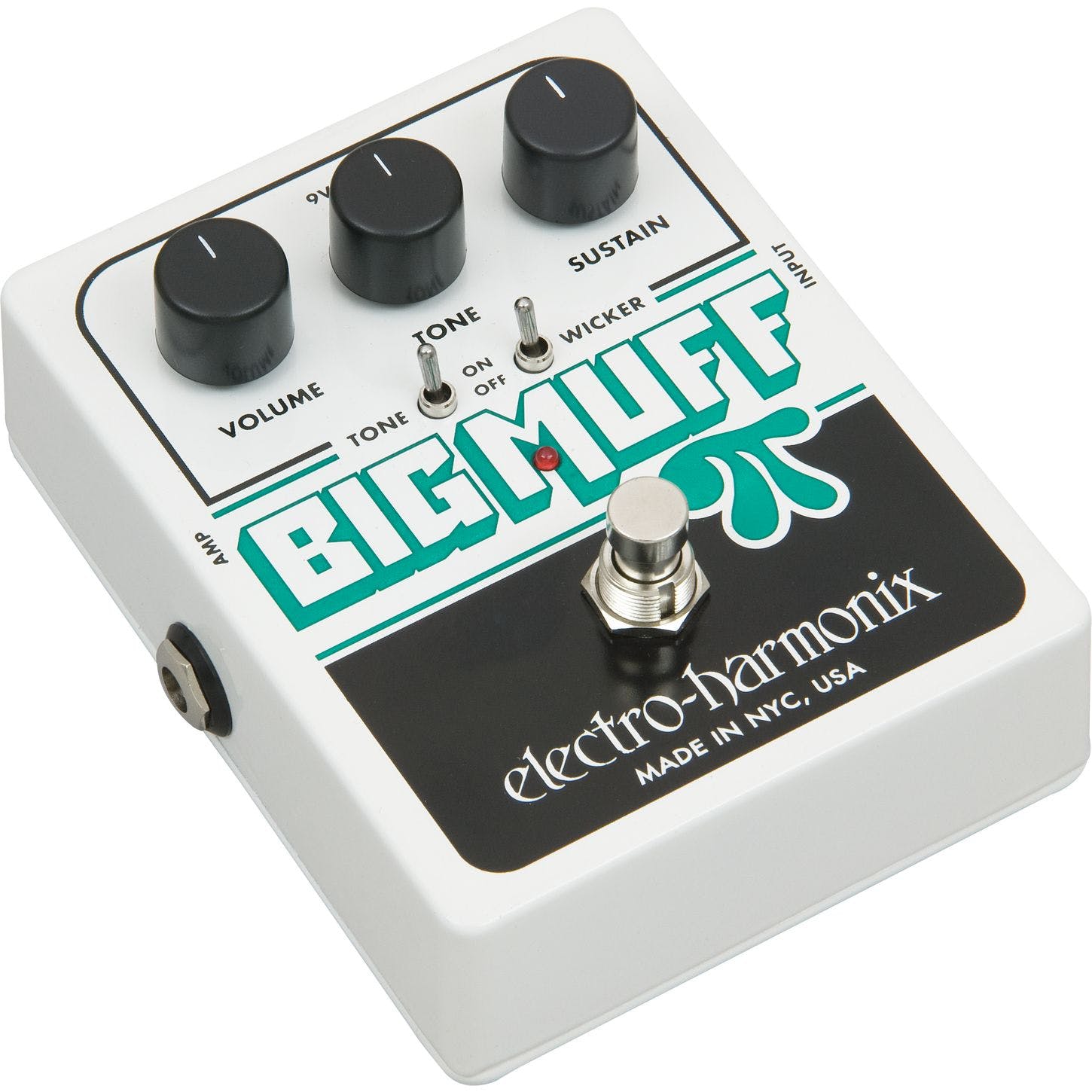
Guitar pedal
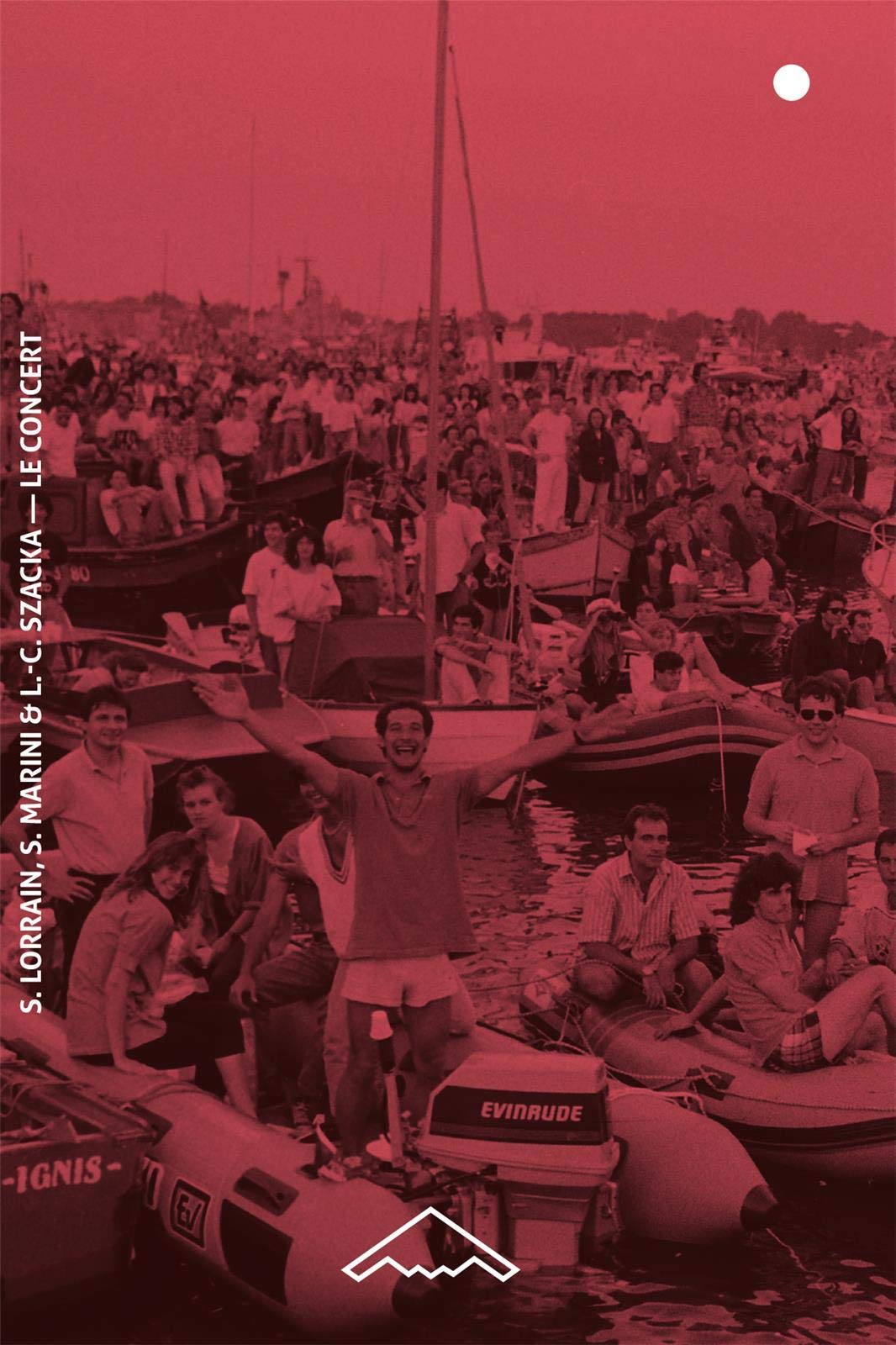
Book
E/R Model
What follows is our representation of the Entity-Relationship model of the event. The main
focus of
the model is the concert, placed at the centre of the map. This concept is linked to four main
entities: Venice and its Lagoon, the Festa del Redentore, the tour for the album A
Momentary
Lapse of Reason and of course the band, Pink Floyd.
All chosen items are then linked to one or more entities. While building the model, we noticed
there were two types of links, and we decided to distinguish between main and secondary links
respectively
with black and grey arrows.
Metadata Scouting
After creating our Entity-Relationship model we delved into our items to identify and categorise the different metadata standards used by the hosting institutions. We went back to the sources of our items and gathered information - where it was available - about the standards: after that we studied each schema definition to better understand their uses and differences. Here are the main models we encountered:
- Marc21 (Machine Readable Cataloging) is a standard format for bibliographic records that was developed by the Library of Congress (LoC). This standard is not very comprehensible by a human eye but is very precise.
- MODS (Metadata Object Description Schema) was also developed by the Library of Congress and is a well-rounded, transversal standard that also mediates between the complexity of Marc21 and Dublin Core applications. This is an XML oriented standard.
- F-ICCD represents the rules developed by the ICCD (Istituto Centrale per la Catalogazione e la Documentazione) is a set of norms used to compile records about photography (F).
- MMD is a metadata standard developed by Musicbrainz to catalogue music related objects. This is an XML oriented standard, however it lacks features from other standards and represents the length of items in milliseconds, that is not very comprehensible by a human eye.
- CIDOC-CRM represents a wide-minded standard that aims at information integration in the different fields of cultural heritage. We decided to apply this to the postcard as it allows for a good integration with other standards.
- SOMA (Shared Online Media Archive) is a standard used to create a shared media archives, with the purpose of storing information of many different media. This standard also represents length of visual and musical media in milliseconds.
Metadata Alignment
In order to make data more interoperable, we grouped the different items in three categories: artefacts, textual resources and multimedia. We then analysed the different metadata used for each category from four points of view: Who, When, Where, What. In many cases the metadata used allows a sufficient interoperability between different standards referred to items with similar characteristics; in general, we chose to use Dublin Core (dc) as a reference, as it represents one of the most widely used standards.
Artefacts
-
Who
Property DC/DCterms MODS MARC21 CIDOC CRM F-ICCD Creator dc:creator <name><namePart> 100/110 (Personal/Corporate Name)
700 Added EntryP94 has_creator
> E39 ActorAUT Contributor dc:contributor <name><namePart> 508 $a: Creation/production credits note P11_had_participant
> E39_ActorAUT Publisher dc:publisher <originInfo><publisher> 260 Publication, Distribution $b P14_carried_out_by
> E39_ActorPDFN-PDFR -
When
Property DC/DCterms MODS MARC21 CIDOC CRM F-ICCD Publication Date dcterms:created <originInfo><dateIssued> 260 Publication Distribution $c E12_Production
>P4_has_time-span
>E52_Time-SpanDT -
Where
Property DC/DCterms MODS MARC21 CIDOC CRM F-ICCD Production Location dc:coverage <geographic> 260 Publication Distribution $a P7_took_place_at
> E53_placeLRC Current Location dc:coverage <physicalLocation> 852$a Location P53_has_current_location
> E53_placeROFC -
What
Property DC/DCterms MODS MARC21 CIDOC CRM F-ICCD Subject dc:subject <subject> <geographical>
<temporal>6XX Subject Access Entry P129_is_about ROFS Title dc:title <titleInfo><title> 2XX Title and title paragraph P102_has_title
> E35_TitleROFT Type dc:type <typeOfResource> <genre> 3XX Physical Description P2_has_type
> E55_TypeOGTT Language dc:language <language><languageTerm> 546 Language Note P72_has_language
> E56_LanguageISEL Material dc:format <physicalDescription>
<form type="material">340$a P2 has type
> E57 MaterialMTCM Dimensions dc:format <physicalDescription> 534$e P43 has dimension
>E54 dimensionMIS
Textual data
-
Who
Property DC/DCterms MARC21 EDM Author dc:creator 100/110 (Personal Name/Corporate Name)/700 Added Entry dc:creator Contributor dc:contributor 508 Creation/Production Credits Note $a: Creation/production credits note dc:contributor Publishing House dc: publisher 260 Publication Distribution $b -
When
Property DC/DCterms MARC21 EDM Publication Date dcterms:created 260 Publication Distribution $c dcterms:created -
Where
Property DC/DCterms MARC21 EDM Place of Publication dc:coverage 260 Publication Distribution $a edm:Place Current Location dc:rightsHolder 542$d Edm:currentHolder -
What
Property DC/DCterms MARC21 EDM Title dc:title 222 Key Title dc:title Language dc:language 041 Language Code edm:language Type dc:type Leader 06 edm:type Length dcterms:SizeorDuration 300 Physical Description dcterms:SizeorDuration Subject dc:subject 6XX Subject Access Entry dc:subject
Multimedia
-
Who
Property DC/DCterms MMD SOMA Creator dc:creator <artist> Creator Contributor dc:contributor <artist> Contributor Publisher dc:publisher <label> Publisher Rights Holder dc:rightsHolder - Rights -
When
Property DC/DCterms MMD SOMA Release Date dcterms:created <date> Date.Created -
Where
Property DC/DCterms MMD SOMA Production Location dc:spatial - Coverage.Spatial -
What
Property DC/DCterms MMD SOMA Title dc:title <title> Title Type dc:type Type attribute Type Duration* dcterms:extent <duration> Format.Extent Genre dc:type Genre tag Type Subject dc:subject - Subject Language dc:language Language attribute Language
Theoretical Model
The theoretical model represents a way to abstract the nature of relationships we analyzed within the event. In general, we distinguished the creation of the items from the items’ features, in order to better conceptualize the overall links. In general this model allows us to answer questions about the nature of the event as well as about the items; we can answer questions about the Who, the When, the Where, the What.
Conceptual Model
In this conceptual model, we linked the theoretical model to existing standards, allowing us
to
formalize the identified relationships. In general, we tried both to highlight the
specifics of each
kind while also maintaining consistency with respect to some significant ontologies
(especially
Dublin Core).
While building the model we made some distinctions regarding the kind of metadata needed to
sufficiently and extensively describe the resource or entity (* signals a possible unicum in the
use of the ontology).
In addition to the widely known DC/DCterms, we employed EBU, Schema.org, CIDOC CRM, Dbpedia-OWL and
FRBRER to represent the features of our items.
We came up with four different categories and eight total specifications:
- Who: People, Band
- Where: Location
- When: Date/Feast Day
- What: Artefacts, Texts, Multimedia, Events
Entity Mapping
After building our final conceptual model, we wanted to visualise in a clear way the mapping of each single entity, and turned to a graphical representation for conveying our work.
Data representation and connection
The last part of our project deals with the representation and connection of the knowledge that we collected. First, we created tables about the items in .csv format. CSV is a non-proprietary format, thus making it well-suited to make knowledge available without software boundaries for the audience of the semantic web.
Subsequently, we turned to the description of the entities. We decided to adopt the album as a focal point, since it was well
connected to different kinds of entities and would be more interesting to be analysed.
We then proceeded to describe these entities to create our personal URIs
about them. The entities are then related to other entities on the web by means of existing Ontologies, Value Vocabularies and
Authority Controls. We used in particular VIAF, LCCN, GN and others; if no authority was present we
redirected to the Wikipedia page.
Finally, we created an RDF file with all the described entities as well as the album. What follows is a serialisation in Turtle, a well-known format, useful for data interchange: it is hosted on our Github page and embedded as a Gist for displaying purposes. A graphical representation of this serialisation can be viewed here